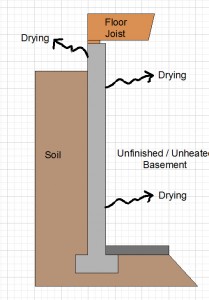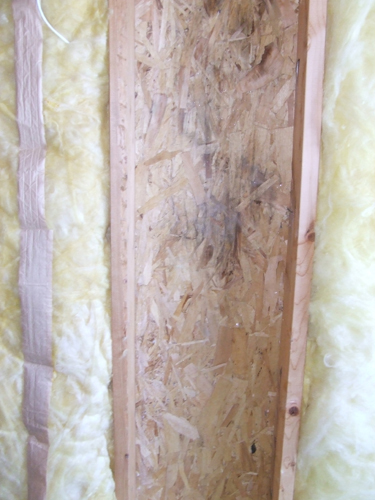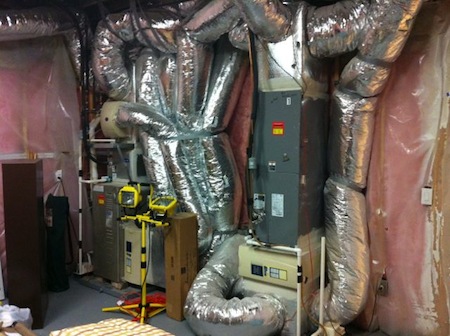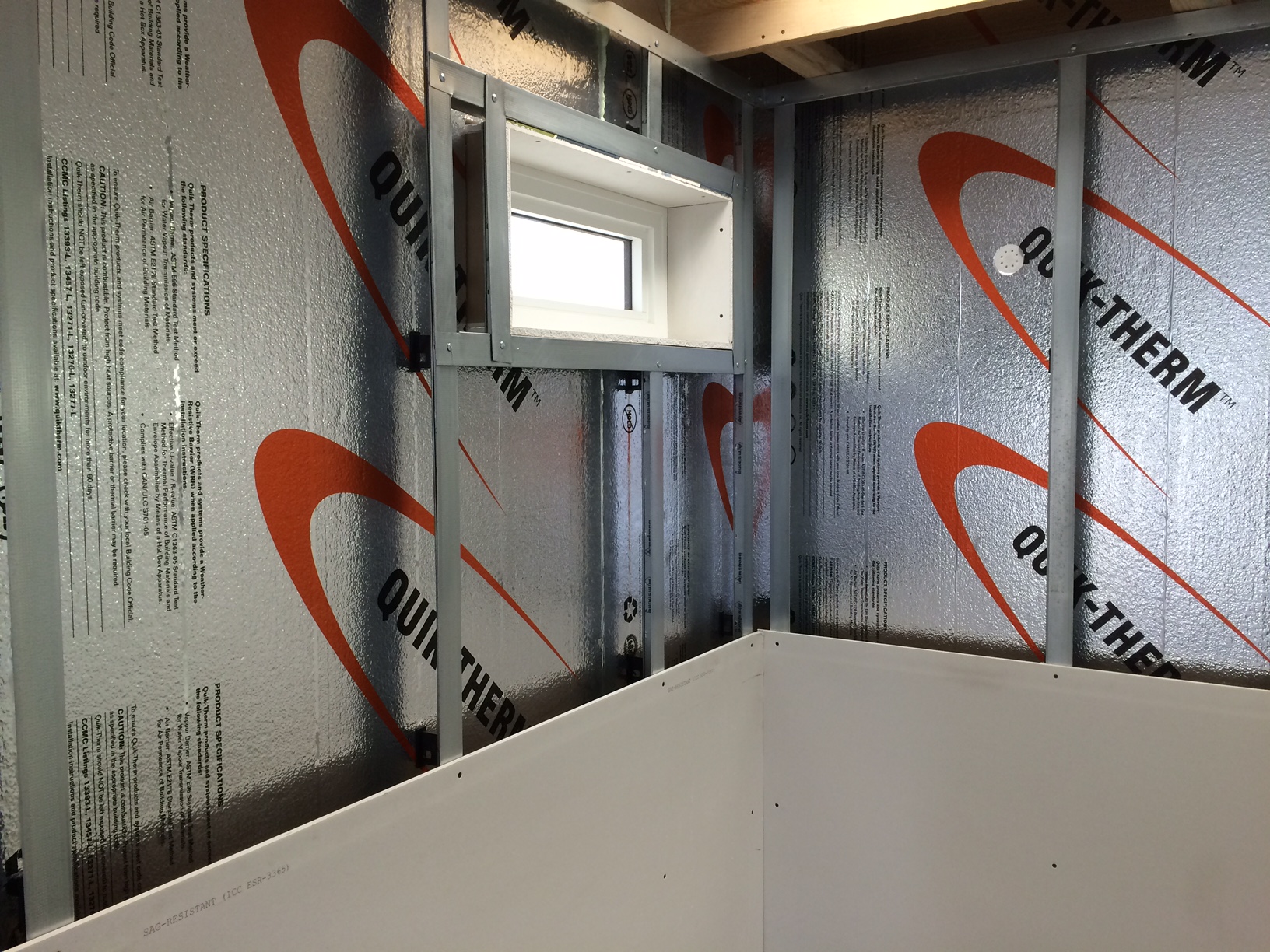Vapor Barrier On Outside Basement Walls
In winter the dew point of the interior air is typically about 50 f assuming an air temperature of 70 f and a relative humidity of 50.
Vapor barrier on outside basement walls. Basement insulation vapor barriers the trick with basement insulation jobs is in understanding where water vapor is being stored and where it s moving to. After the insulation is in place you will want to add a vapor retarder sometimes called a vapor barrier if you need one. Depending on the time of year it s possible that all that humidity in the air will turn around and condensate on the cool concrete surface if the dew point is correct. As the wall dries the water vapor leaves the concrete and tries to penetrate the insulation and wall.
The vapor and air barrier shall be sealed around utility boxes and other penetrations. Vapor barriers are sheets of plastic or other material placed on one side of insulation sheets. In any case the vapor barrier must point to the warm side. Concrete is like a huge sponge which holds water and water vapor for years and years.
When a vapor barrier is on the side of a wall where the dry air is i e outside in winter or inside in summer moisture problems can occur. Building codes usually require a vapor barrier 4 mil plastic sheeting on exterior basement walls if the framing is attached to masonry or concrete surfaces or if the wood framing butts up against the outer basement walls. Not every wall does. Not to be confused with a vapor barrier which is placed on the warm side of the wall just in front of the insulation and behind the drywall a moisture barrier goes against the basement wall and.
The point here though is how moisture in the form of water vapor leaves the foundation walls and migrates into the basement space or outside above grade. The vapor and air barrier shall be sealed to the framing with construction adhesive or equivalent at the top and bottom plates and where the adjacent wall is insulated. The main concerns are condensation and drying potential. A vapor barrier reduces the movement of water vapor by diffusion.
Whether or not you need a vapor retarder hinges on three main factors your climate your home and the location of the wall you re insulating. This barrier is meant to keep moisture from getting to the insulation in the walls and ceilings and it is required by building codes when insulating most houses. This condition is especially problematic where vapor barriers are installed on inside as well as outside wall surfaces as such a wall cannot breathe at all. A vapor barrier s job is to keep water vapor in humid air from diffusing through one side of a wall and finding a cool surface inside the wall.
A vapor retarder is a material used to prevent water vapor from diffusing into the wall ceiling or floor during the cold winter.














































